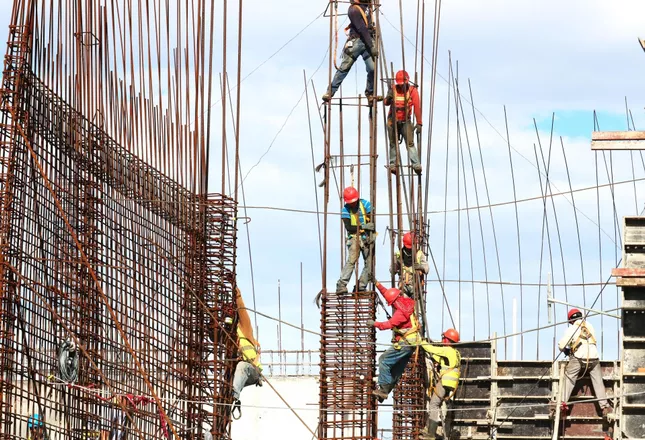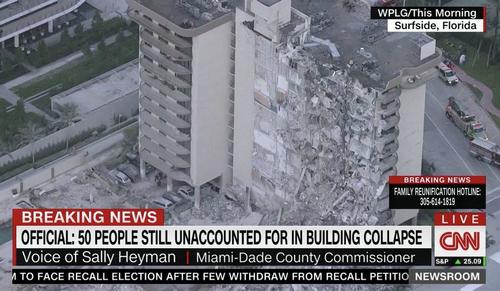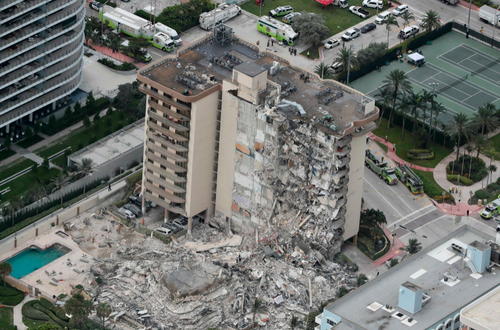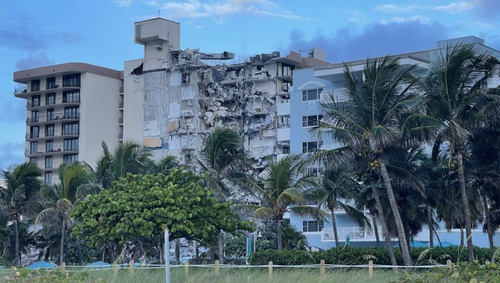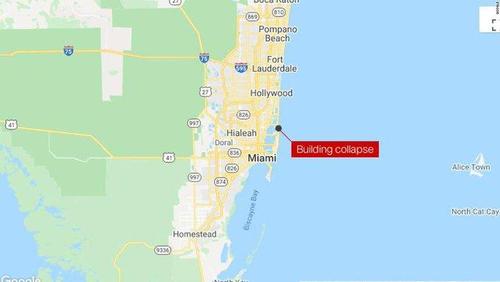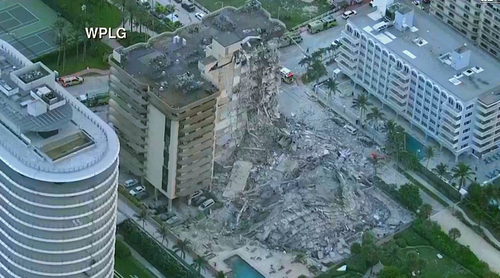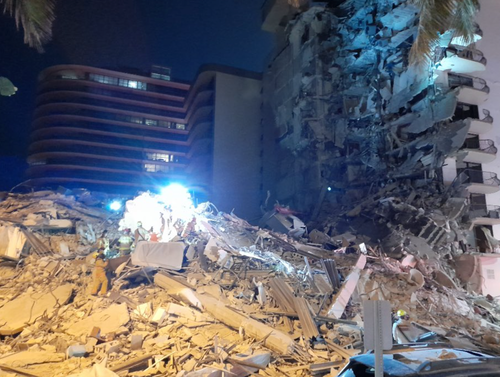Englewood Construction is all set to build a hotel in suburban Joliet, but as with so many construction projects these days, there’s a hitch. Before it can get to work, the company needs an elevator for what will be a four-story building, and the supplier has said it will be a long wait. Instead of the normal 12-to-14-week delivery schedule, it is going to take between 26 and 28 weeks.
All builders are dealing with escalating construction costs, but it is the lack of an elevator and the accompanying materials that is going to delay the entire project for months and push back the hotel’s planned opening, according to Chuck Taylor, director of operations for the Lemont, Illinois-based contractor.
“That’s why what hurts us almost as much as the costs is the lead time for materials,” he said.
Courtesy of Englewood Construction
A Take 5 Oil Change under construction by Englewood Construction earlier this month in suburban Oak Lawn
Troubled material supply chains have had contractors and owners in every commercial real estate sector scrambling throughout the year to secure construction materials, as well as deal with price increases. And with so many critical supplies, including steel, HVAC equipment and elevator cables, running short, it’s imperative to make sure the materials are available before breaking ground on something new. That is forcing many to make tough decisions, such as which projects can be tackled now and which go on the backburner or even need to be canceled.
“It doesn’t make sense for us to start a project which we’ll eventually have to stop and wait for the elevator equipment,” he said.
And it seems likely that the industry’s troubles will last for some time.
“So far, we’re not hearing anything about supply shortages being mitigated,” Colliers International Executive Vice President Michael Lirtzman said. “A lot of material vendors are struggling to fulfill orders that were placed months ago.”
Colliers recently published a study of construction materials price increases based on an analysis from Power Construction Co. and found the price of drywall increased between 20% and 50% since February. Other critical supplies such as wood materials saw increases of 56%, while plumbing copper prices went up 30% and HVAC sheet metal increased 40%.
Supply chain problems weren’t caused solely by the coronavirus, so it will take more than the spread of vaccinations to return to normal, according to Sandya Dandamudi, president of GI Stone, a Chicago-based firm that sources, fabricates and installs custom stone for clients nationwide.
“A perfect storm of Covid shutdowns, container shortages and a tight labor market has significantly increased our material costs,” Dandamudi said in an email. “For instance, India processes stone from all over the world, and they’re having a problem getting the raw materials because of Covid-related quarry shutdowns and tariff issues. At the same time, there is an increased world demand as everyone wants to remodel their homes.”
Courtesy of GI Stone
GI Stone at 1420 West Hubbard St. in Chicago
A surge in online shopping greatly increased demand for containers, she added, pushing up container space pricing by between 60% and 70%. Congested ports and labor shortages have also led to longer processing times.
“All of these issues have happened, but not all at the same time as it is now,” Dandamudi said. “I had two containers sit in a railroad in Chicago for 10 days because there’s not enough people to examine the containers and unload them. That is unheard of.”
Taylor said recent storms in Texas have added more burdens to the industry by further delaying the deliveries of critical materials already clogged up by the many supply chain issues.
“These are not just supply delays caused by Covid or a global slowdown,” he said.
Large landlords may have an advantage in overcoming both the shortages and the elevated prices, Lirtzman said. He advises them to take advantage of their scale and place bulk orders of the critical materials they will need such as drywall, even if they don’t plan to immediately start the construction projects and even if it means having to store supplies on-site. It may not be easy, as so many companies are fighting to secure materials, but suppliers may focus more attention on big players.
“They will work hard to satisfy their biggest customers,” Lirtzman said.
Taylor said he recently saw the first signs that conditions may improve.
“We’re hearing anecdotally from the industry that the prices and lead times are going to stabilize by Q4 2020,” Taylor said.
“But that may not be enough,” he added.
Englewood, which builds senior living communities, restaurants, cannabis outlets and in other sectors, has as healthy a backlog of potential projects as it ever had. If other builders are in similar positions, even if the supply logjam breaks and prices moderate, there will be so many projects getting underway that it may still be impossible to smooth out construction schedules.
“The delayed projects are just going to cause the same effects we’re seeing now at the end of Q4,” Taylor said. “We’ll be going through the same cycle all over again.”
https://www.bisnow.com/chicago/news/construction-development/clogged-supply-chains-and-high-construction-prices-may-last-for-a-long-time-109354
